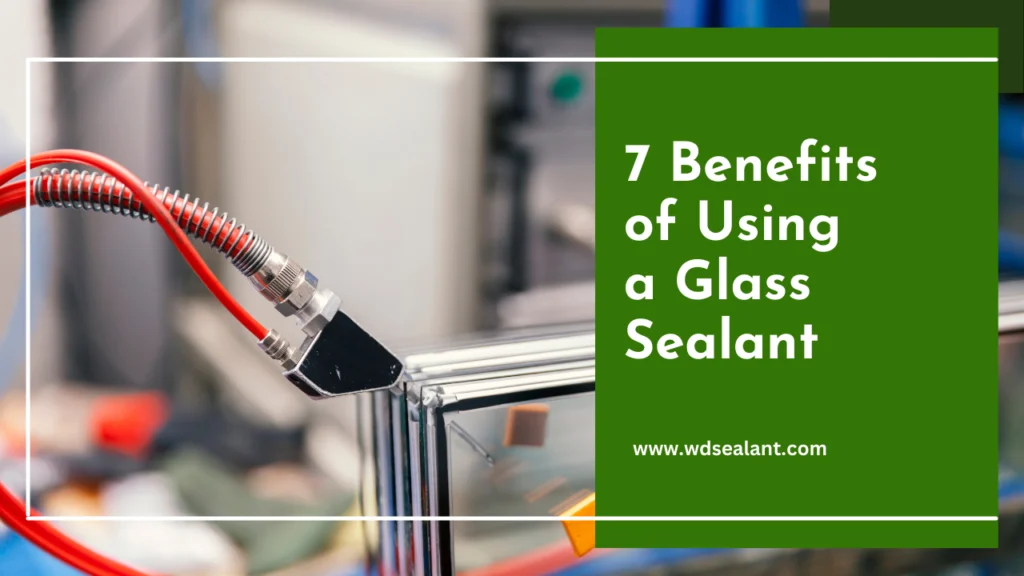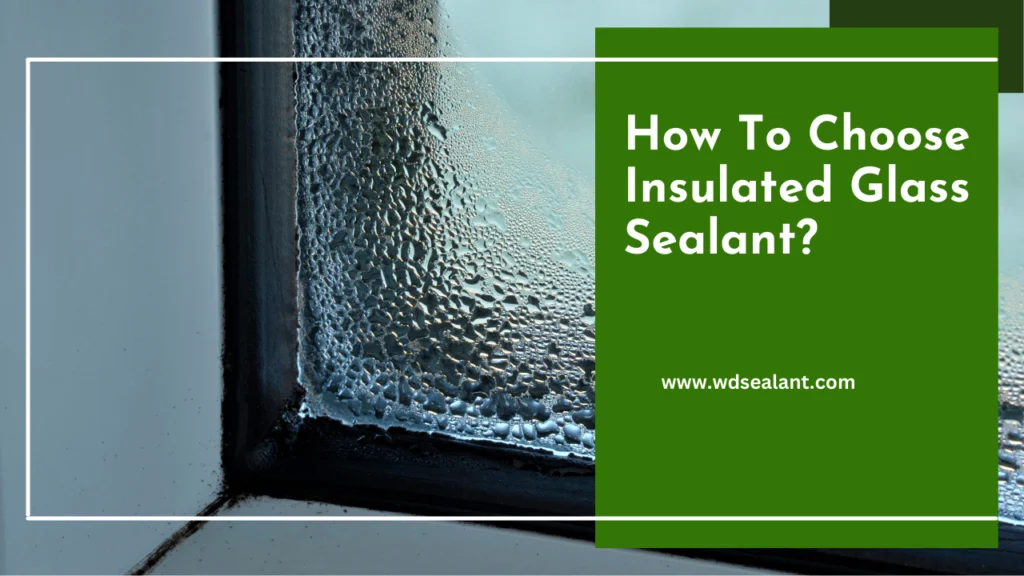Why Do Rainbow Stains Appear on Insulated Glass Units (IGUs)?
Understanding the optical and chemical causes of glass unit failure.
Rainbow stains—those rainbow- or iridescent-looking patches inside insulated glass units—are a frequent quality problem. They usually stem from optical effects or chemical vapor contamination.
Optical Causes
When glass is tempered, it is heated and then rapidly cooled. Cooling is not always perfectly uniform between the surface and the interior. Because of this, internal stresses build up: the inner portions may retain tensile stress, while the surfaces feel compressive stress.
These internal stress gradients cause birefringence, an optical effect where light splits into two beams traveling at different speeds through the material. When those beams rejoin, they interfere. If their vibration directions (polarizations) align, bright colorful fringes appear—what we see as rainbow stains or stress patterns under certain lighting. Such effects become more obvious if the stress distribution is uneven, such as in poorly tempered glass or glass with inconsistent cooling at the edges (GlassOnWeb, n.d.).
Chemical Vapor Contamination
The second cause involves chemical compounds migrating and forming films inside the IGU cavity.
If the secondary sealant lacks robustness against UV exposure or heat aging, small molecular substances (for example plasticizers like DBP, DOP) may volatilize from its degraded structure. These substances can penetrate the primary butyl seal and then vaporize within the IGU gap. When they condense on the inner glass surface, they form extremely thin oily films. Under sunlight, this film acts like a thin-film layer causing light interference that produces rainbow‐like effects.
Mineral oil (“white oil”) present in low-quality sealants is a particular culprit. Because of its chemical compatibility with butyl rubber, the white oil can cause swelling and partial dissolution of the butyl layer. That increases the migration rate of volatile substances and intensifies rainbow staining (LJGlassMachinery, n.d.).
How to Prevent Rainbow Stains
Glass tempering and cooling process
- Ensure uniform heating and especially very even cooling across the glass, including edges.
- For coated glass types (Low-E or others), pay extra attention to avoid localized temperature differences.
Sealant selection and compatibility
- Use a high-quality primary sealant (e.g. butyl) with excellent moisture and gas barrier properties.
- Choose a secondary insulated glass sealant that is highly resistant to UV, heat, and aging. Avoid those containing white oil or other volatile plasticizers.
Design and installation practices
- Consider glass orientation and sunlight exposure when designing facades, because strong and oblique light exaggerate stress interference or film visibility.
- During installation, avoid undue pressure or uneven mechanical loading that could induce additional stress or damage the sealant structure.
Quality control & testing
- Test for volatile emissions from sealants.
- Inspect for sealant swelling, butyl-seal integrity, and potential oil migration.
- Use visual checks under polarized light or angled strong illumination to detect early signs of stress birefringence or interference fringes.


